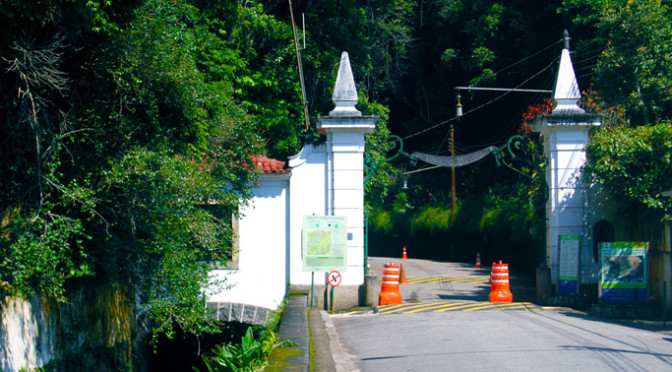Sunny weekend in Rio de Janeiro.
Saturday, beach day. Atlantic Ocean water in Rio, in general, is cold, on average, about 66ºF. But in January this year there was a phenomenon that drew the attention of locals and tourists: beaches with water at 73,4ºF. In midsummer with temperatures nearing 104°F, not even the ocean water gave us a break from the heat.

Sunday decided to stay away from the beaches. We enjoyed the Tijuca Forest, one of the four sectors which divides the Tijuca National Park.
At the time of the empire, about 200 years ago, explorers devastated the forest to use timber and to plant sugar cane and coffee. What happened? Natural water fonts dried up and without the protection of the forest, became polluted water. Then the king Dom Pedro II sent an order to reforest the site.

Today, the Tijuca National Park, reforested, is environmentally protected area, declared by The Biosphere Reserve and by UNESCO.
For those who like contact with nature, a morning spent in the Forest recharges the batteries. A quiet place, with temperatures in some points at least 6 degrees below the city’s temperature.


Amei seu site. Muito bom mesmo. Parabéns
Olá amigos.
sou do markteng da ABPBIO-ASSOCIAÇÃO BRASILEIRA DE PESQUISA, PRESERVAÇÃO E PROTEÇÃO DA BIODIVERSIDADE.
Venho atraves deste contato divulgar nossa associação para quem tem interese e desfrutar de todos nossos serviços.
Para maior informação, acesse o site
http://www.abpbio.com.br